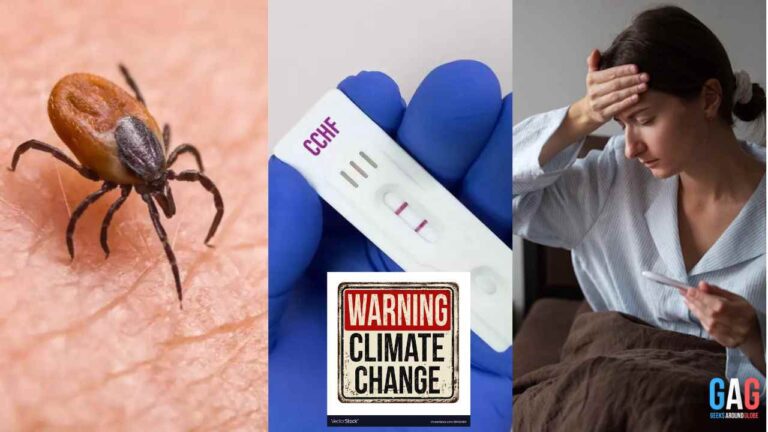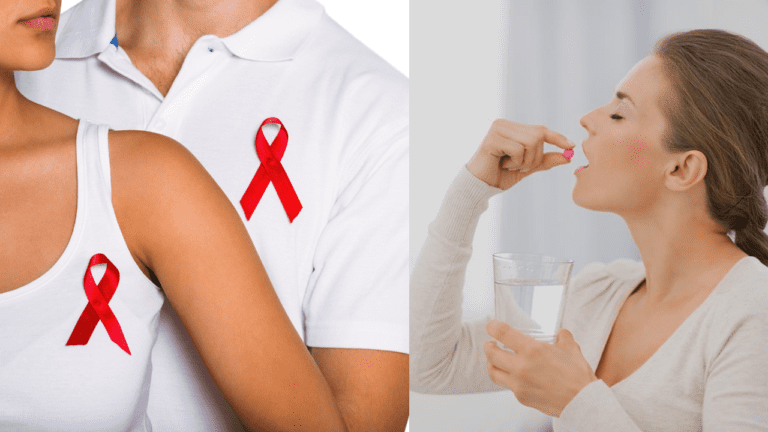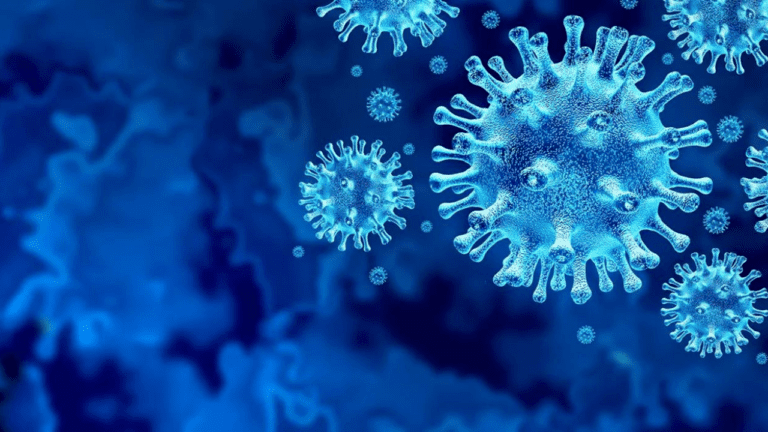Our planet is currently experiencing severe heatwaves, as a result of the ongoing climate changes. With a heat wave currently in effect, it’s important to be aware of the potential risk of Dehydration. So let’s find out what is dehydration, what is difference between dehydration and thirst is, how to recognize dehydration (dehydration reactions) and what are the treatments.
Difference between Dehydration and Thirst
Thirst is a basic mechanism indicating the body’s need for water intake. On the other hand, dehydration is a more severe condition where the body is significantly lacking in the necessary fluids. Particularly susceptible groups include children and those over 60, who might experience dehydration due to prolonged exposure to heat, illness, or specific medications.
What are the main signs of Dehydration
Dehydration manifests through various symptoms:
- Persistent thirst.
- Infrequent urination.
- Dry, inelastic skin.
- Fatigue without discernible cause.
- Feelings of dizziness or confusion.
- In children, additional symptoms such as tearlessness or skin that retains a pinched shape may be observed.
How you can prevent Dehydration?
Be cool
Wear light colour clothes and loose-fitting clothes.
Limit Direct Sun Exposure
Stay in shaded areas during peak sun heat.
Eat watery fruits
Eat fruits such as watermelon.
Electrolyte Intake
Consider drinks that restore electrolytes, especially after intense physical exertion.
Choose Suitable Timings for Outdoor Activities
Engage in outdoor activities during cooler parts of the day or avoid as much as possible.
Special Considerations for Children
Opt for solutions like Pedialyte to maintain electrolyte balance during heat exposure or illness.
Medication Considerations
Be mindful of medications, such as diuretics, that may increase the risk of dehydration.
Understanding Heat Stroke
Heat stroke represents an extreme form of heat illness. It arises from prolonged exposure to high temperatures, often in conjunction with dehydration. This condition requires urgent medical attention.
Symptoms of Heat Stroke
- Severe headache.
- Pronounced dizziness.
- Skin that is hot to the touch, yet dry.
- Elevated body temperature.
- States of confusion or disorientation.
Immediate medical intervention is advised upon observing these symptoms.
Conclusion:
As temperatures continue to rise, vigilance in monitoring hydration levels and understanding the nuances between thirst and dehydration is essential. Proper hydration practices and timely medical consultation can ensure one remains healthy during the warmer months.







